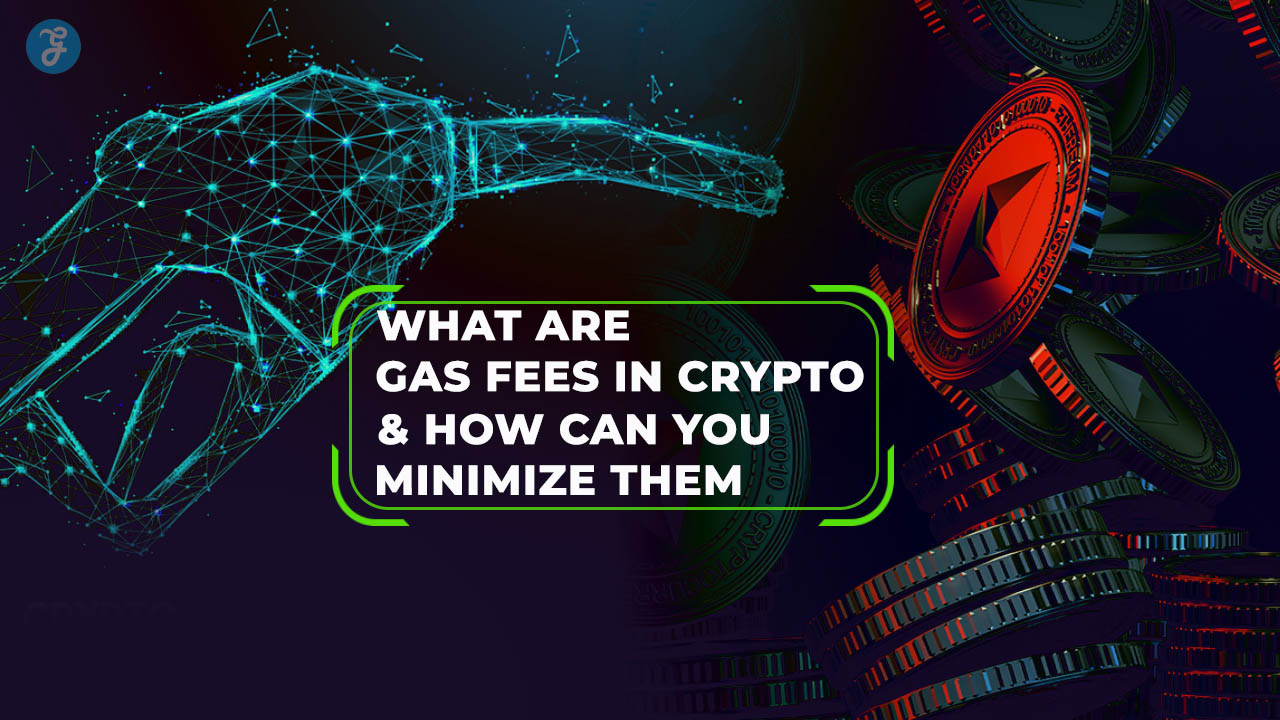In today’s digital era, website performance plays a critical role in user experience, search engine rankings, and business success. Whether you run an e-commerce platform, a blog, or a corporate website, ensuring optimal performance is essential to attract and retain visitors.
For websites hosted on Virtual Private Servers (VPS), the scope for customization and control provides a significant advantage in achieving exceptional performance.
VPS hosting bridges the gap between shared hosting and dedicated servers by offering dedicated resources and flexible configurations. However, to truly harness the power of a VPS, you must implement specific best practices to enhance your website’s speed, scalability, and security.
This article explores seven actionable best practices for improving website performance on VPS hosting. From server optimization to robust security measures, these tips are designed to help you maximize the potential of your VPS and deliver an outstanding user experience.
Why Is Website Performance Crucial?
Before we delve into best practices, let’s understand why website performance matters:
- User Experience: Fast-loading websites retain more users and reduce bounce rates.
- Search Engine Rankings: Search engines like Google prioritize fast websites, improving SEO.
- Conversion Rates: Speedier websites lead to higher sales and engagement.
- Customer Retention: A slow website can frustrate users, driving them to competitors.
7 Best Practices for Enhancing Website Performance on VPS Hosting
Let’s take a look.
1. Optimize Your Server Configuration
Optimizing your server configuration is a foundational step in enhancing website performance on VPS hosting. A properly configured server ensures efficient use of resources such as CPU, RAM, and disk space, which directly impacts website speed and stability.
Choosing the right web server—whether it’s Apache, NGINX, or LiteSpeed—can make a significant difference in handling traffic and requests. Additionally, enabling server-side caching reduces the load on your server by storing frequently accessed data.
Upgrading to SSD storage can dramatically improve data read/write speeds compared to traditional HDDs. Optimizing PHP settings, such as memory limits and execution time, ensures that your scripts run smoothly, even during high-traffic periods.
By prioritizing server configuration, you lay the groundwork for a fast, scalable, and reliable website that delivers a superior user experience.
Actionable Steps
- Choose the Right Web Server: Options like Apache, NGINX, or LiteSpeed have unique performance characteristics. For instance, NGINX excels at handling high traffic with minimal resource usage.
- Enable Caching: Implement server-side caching using tools like Varnish or Redis to store frequently accessed data, reducing server load.
- Optimize PHP Configuration: Tune PHP settings such as memory limit and max execution time for better script performance.
- Upgrade to SSD Storage: Replace traditional HDDs with SSDs for faster data read/write speeds.
| Server Optimization Tips | Details |
| Use NGINX or LiteSpeed | Faster processing of concurrent requests |
| Implement Caching | Reduce server processing time |
| SSD Storage | Accelerate file retrieval speeds |
2. Leverage a Content Delivery Network (CDN)
A Content Delivery Network (CDN) is essential for websites looking to improve global reach and performance. CDNs work by distributing static content—like images, CSS, and JavaScript—across a network of servers worldwide.
When users visit your site, the CDN serves content from the server closest to their location, reducing latency and load times. This not only enhances the browsing experience but also reduces the strain on your VPS. For dynamic content, advanced CDNs offer caching solutions that improve speed further.
Implementing a CDN also adds a layer of security by protecting against Distributed Denial of Service (DDoS) attacks. By adopting a CDN, websites can achieve faster load times, improved reliability, and scalability, making it a vital tool for modern VPS hosting.
Actionable Steps
- Choose a CDN Provider: Popular options include Cloudflare, Akamai, and StackPath.
- Optimize Static Content: Minify and compress CSS, JavaScript, and images for faster delivery.
- Enable Dynamic Content Caching: Some advanced CDNs also cache dynamic content for frequently visited pages.
| CDN Benefits | Details |
| Reduced Latency | Faster load times for global users |
| Lower Server Load | CDN offloads traffic from your VPS |
| Improved Reliability | Redundancy reduces downtime |
3. Implement Robust Caching
Caching is one of the most effective techniques for enhancing website performance. By storing frequently accessed data temporarily, caching reduces the need for server processing and speeds up content delivery.
There are various types of caching, including browser caching, which allows users’ browsers to save static files locally, and object caching, which stores database query results. Page caching, another popular method, saves fully rendered web pages for quicker loading during subsequent visits.
Tools like Memcached and Redis simplify the caching process and improve efficiency. Implementing robust caching ensures faster page loads, lower server resource usage, and a seamless user experience, making it a cornerstone of website optimization.
Actionable Steps
- Browser Caching: Configure HTTP headers to store static files locally in users’ browsers.
- Object Caching: Use tools like Memcached or Redis to cache database queries and API calls.
- Page Caching: Save fully rendered pages to serve them instantly to returning users.
| Caching Types | Details |
| Browser Caching | Speeds up repeat visits |
| Object Caching | Reduces database query times |
| Page Caching | Minimizes server processing for repeat views |
4. Monitor and Optimize Resource Usage
Effective resource management is crucial for maintaining consistent performance on a VPS. Websites hosted on VPS servers have allocated resources, such as CPU and RAM, which must be used efficiently.
Monitoring tools like htop, Zabbix, and New Relic allow you to track server metrics in real-time, helping identify bottlenecks and high-resource-consuming processes. Scaling resources dynamically is another key practice; for example, increasing CPU or memory during traffic spikes ensures that your website remains stable.
Additionally, optimizing scripts, removing unnecessary background processes, and scheduling resource-heavy tasks during low-traffic hours can make a significant difference. By actively monitoring and optimizing resource usage, you ensure your VPS operates at peak efficiency.
Actionable Steps
- Use Monitoring Tools: Tools like htop, New Relic, or Zabbix can track CPU, RAM, and disk usage in real-time.
- Identify Resource-Intensive Scripts: Locate and optimize scripts or processes that consume excessive resources.
- Scale Resources When Needed: Upgrade your VPS plan if traffic spikes consistently strain resources.
| Resource Optimization Tips | Details |
| Monitor with htop | Identify high resource usage in real-time |
| Scale Dynamically | Upgrade CPU and RAM as needed |
| Optimize Resource Usage | Kill unnecessary background processes |
5. Secure Your VPS Hosting Environment
Security is a critical aspect of website performance that is often overlooked. A compromised VPS can lead to data breaches, downtime, and degraded performance. Securing your VPS hosting environment involves implementing multiple layers of protection.
Start with a firewall like UFW or CSF to block unauthorized access. SSH key authentication replaces weak passwords with robust encryption, adding an extra layer of security.
Tools like Fail2ban monitor login attempts and block malicious IPs, while malware scanners like ClamAV detect and remove harmful software.
Regular security updates, vulnerability scans, and audits are essential to prevent cyberattacks. By prioritizing VPS security, you protect your website and ensure uninterrupted performance for users.
Actionable Steps
- Enable a Firewall: Tools like UFW or CSF help block unauthorized access.
- Use SSH Key Authentication: Replace password-based logins with SSH keys for enhanced security.
- Install Malware Scanners: Regularly scan your VPS for malicious code using ClamAV or similar tools.
| Security Tips | Details |
| Use a Firewall | Prevent unauthorized access |
| SSH Key Authentication | Replace weak passwords with secure keys |
| Malware Scanning | Detect and remove malicious code |
6. Optimize Database Performance
For dynamic websites that rely heavily on databases, optimizing database performance is vital. Poorly managed databases can slow down query execution and increase load times.
Start by indexing your database to speed up search queries. Enable query caching to store the results of frequently executed queries, reducing server load. Regular maintenance, such as cleaning up unused data and optimizing tables, ensures that your database operates efficiently.
Tools like MySQLTuner can provide insights into areas that need improvement. Whether your website uses MySQL, PostgreSQL, or another database, focusing on optimization ensures faster data retrieval and improved overall performance, especially during peak traffic.
Actionable Steps
- Use Indexing: Proper indexing speeds up query execution.
- Enable Query Caching: Cache frequent database queries to reduce load.
- Optimize Tables: Regularly clean and optimize database tables.
| Database Optimization Tips | Details |
| Use Indexing | Speeds up search queries |
| Query Caching | Reduces repetitive processing |
| Table Optimization | Removes fragmentation |
7. Keep Software and Plugins Updated
Outdated software and plugins are a leading cause of performance issues and security vulnerabilities.
Ensuring that your content management system (CMS), plugins, and server software are up to date guarantees compatibility with the latest technologies and patches. Regular updates often include performance enhancements and bug fixes that improve functionality.
Additionally, it’s important to remove unused plugins, as they can consume unnecessary resources and slow down your website. Tools like WP-CLI can help streamline the update process for WordPress sites.
By keeping your software and plugins updated, you enhance your website’s security and maintain optimal performance, providing users with a smooth browsing experience.
Actionable Steps
- Update CMS and Plugins: Always use the latest versions of WordPress, Joomla, or other CMS platforms.
- Remove Unused Plugins: Deactivate and delete plugins you no longer use.
- Update Server Software: Keep your web server, PHP, and database software up to date.
| Update Checklist | Details |
| CMS Updates | Ensure compatibility with plugins/themes |
| Plugin Management | Use only essential plugins |
| Server Software | Update Apache, PHP, MySQL, etc. |
Takeaway
Enhancing website performance on VPS hosting requires a combination of optimization techniques, security measures, and regular maintenance. By implementing the seven best practices outlined in this article, you can significantly improve your website’s speed, reliability, and user experience.
Whether you’re a business owner, blogger, or developer, these actionable steps ensure that your VPS hosting environment is both efficient and secure.
Remember, a well-optimized website not only satisfies your users but also helps you achieve higher search engine rankings and business growth. Start optimizing today and unlock the full potential of your VPS hosting!
Let me know if you’d like additional sections or further customizations!









































